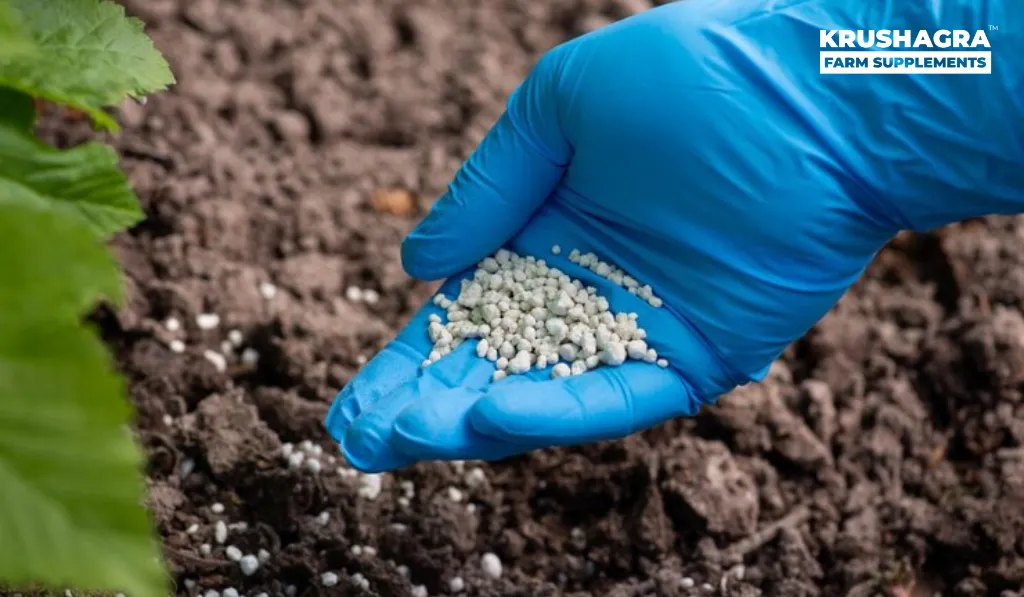Introduction:
In the realm of agriculture, the quest for sustainable practices has birthed a silent revolution – the use of biofertilizers. Unlike their synthetic counterparts, biofertilizers leverage the power of living microorganisms to enhance soil fertility and, consequently, impact crop yield. In this exploration, we delve into the often-overlooked and unique ways in which biofertilizers influence crop productivity, uncovering the green magic beneath our feet.
The Biofertilizer-Crop Dynamic:
Biofertilizers, containing living microorganisms such as bacteria, fungi, and algae, establish symbiotic relationships with plants. This collaboration goes beyond traditional nutrient provision; it involves intricate processes that unlock the full potential of crops. Let’s explore some unique facets of this biofertilizer-crop dynamic:
- Microbial Metabolites and Plant Growth Promotion:
While the primary role of biofertilizers is often associated with nutrient enhancement, their impact extends to the production of microbial metabolites. These compounds, secreted by the living microorganisms, act as natural growth-promoting substances for plants.
Certain bacteria in biofertilizers produce plant growth-promoting substances like auxins, cytokinins, and gibberellins. These substances play a pivotal role in regulating plant development, including cell division, elongation, and flowering. The intricate dance between microorganisms and plants involves a biochemical dialogue that orchestrates optimal growth conditions, contributing to increased crop yields.
- Enhanced Nutrient Mobilization:
Beyond the conventional understanding of nutrient availability, biofertilizers excel in unlocking nutrients present in the soil but often overlooked. For instance, certain fungi in biofertilizers, like arbuscular mycorrhizal fungi, form symbiotic relationships with plant roots. These fungi possess the unique ability to access and mobilize nutrients that may be present in the soil but are typically unavailable to the plant.
This enhanced nutrient mobilization can be a game-changer, especially in soils with inherent nutrient imbalances. Biofertilizers act as mediators, ensuring that the crop has access to a broader spectrum of nutrients, leading to improved resilience, health, and ultimately, increased yields.
- Induction of Systemic Resistance:
Biofertilizers are not merely nutrient providers; they are also silent defenders of crops. Some biofertilizers induce systemic resistance in plants, enhancing their natural defenses against pests and diseases. This unique attribute contributes not only to the quantity but also the quality of the harvest.
Certain bacteria in biofertilizers activate the plant’s immune responses, priming them to ward off potential threats. This proactive approach to plant protection minimizes the reliance on chemical pesticides and contributes to a more sustainable and environmentally friendly agricultural model.
- Stress Alleviation and Yield Stability:
Crop yield is not solely determined by optimal growth conditions; it is also influenced by a plant’s ability to withstand stress. Biofertilizers play a crucial role in stress alleviation, helping crops cope with adverse environmental conditions such as drought, salinity, and temperature fluctuations.
Certain bacteria and fungi in biofertilizers produce stress-related enzymes and compounds that enhance a plant’s resilience. This stress-mitigating effect contributes to yield stability, ensuring that crops can withstand unexpected challenges and still deliver a bountiful harvest.
Anecdotes:
To further illustrate the impact of biofertilizers on crop yield, let’s delve into a couple of examples that highlight their effectiveness in real-world agricultural scenarios.
- Improved Water Use Efficiency with Algae-Based Biofertilizers:
In water-scarce regions, optimizing water use efficiency is paramount for sustainable agriculture. Algae-based biofertilizers, with their water-retaining properties and ability to enhance soil structure, play a crucial role in such environments.
A case study in a water-stressed region demonstrated that crops treated with algae-based biofertilizers exhibited better water use efficiency compared to conventionally fertilized crops. The biofertilizer-treated crops maintained higher yields with the same or even reduced water inputs, showcasing the potential of biofertilizers in mitigating the impact of water scarcity on crop production.
- Enhanced Nutrient Uptake and Crop Quality with Mycorrhizal Biofertilizers:
Mycorrhizal biofertilizers, featuring fungi that form symbiotic relationships with plant roots, have shown promising results in enhancing nutrient uptake and improving crop quality.
In a study involving tomato crops, the application of mycorrhizal biofertilizers resulted in not only increased nutrient absorption but also improvements in fruit quality parameters such as taste, color, and nutritional content. The mycorrhizal association influenced the expression of genes related to nutrient transport and biosynthesis, emphasizing the intricate molecular-level interactions between biofertilizers and plants.
Conclusion:
In the cosmos of agriculture, biofertilizers emerge as transformative partners, influencing crop yield in ways that go beyond traditional paradigms. From the secretion of microbial metabolites that act as growth promoters to the induction of systemic resistance against pests, and from enhanced nutrient mobilization to stress alleviation, biofertilizers contribute to a holistic approach to sustainable crop production.
As we continue to uncover the green magic beneath our feet, it becomes clear that biofertilizers are not merely inputs; they are dynamic contributors to a regenerative and resilient agricultural future. The silent revolution in the soil, orchestrated by living microorganisms in biofertilizers, holds the promise of transforming how we view and practice agriculture. The green magic is not just in the harvest; it’s in the sustainable and harmonious rhythm established between the microscopic allies and the crops they nurture.






